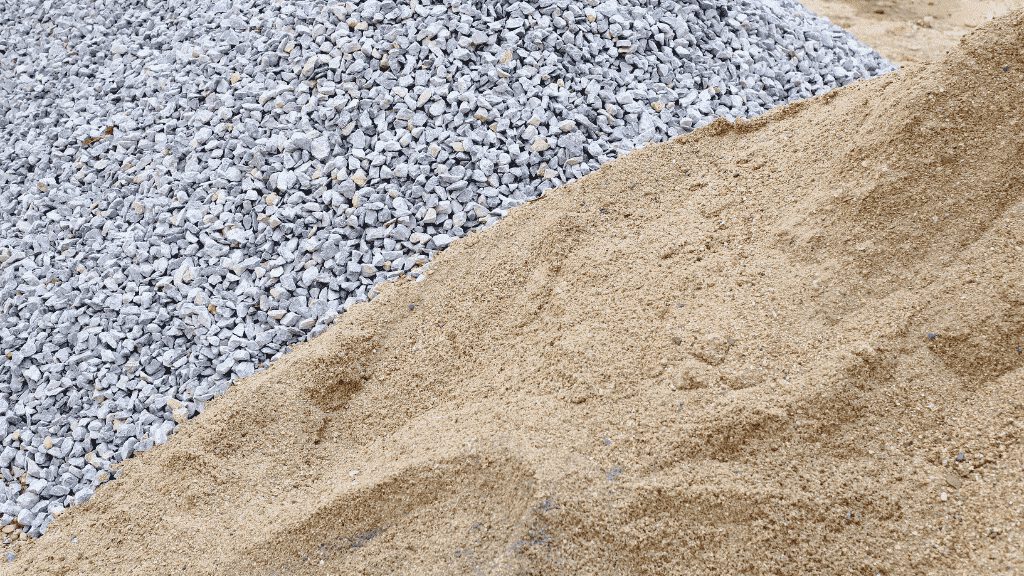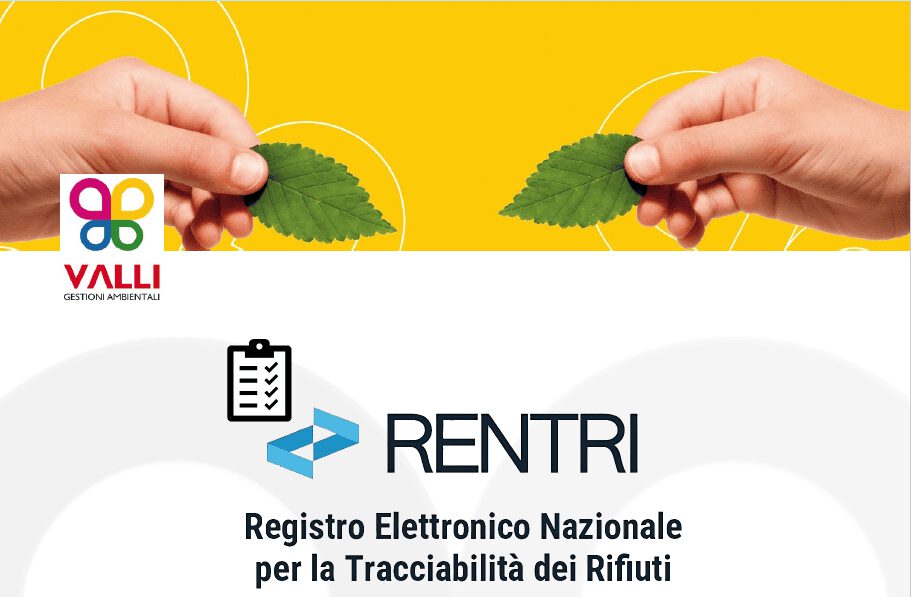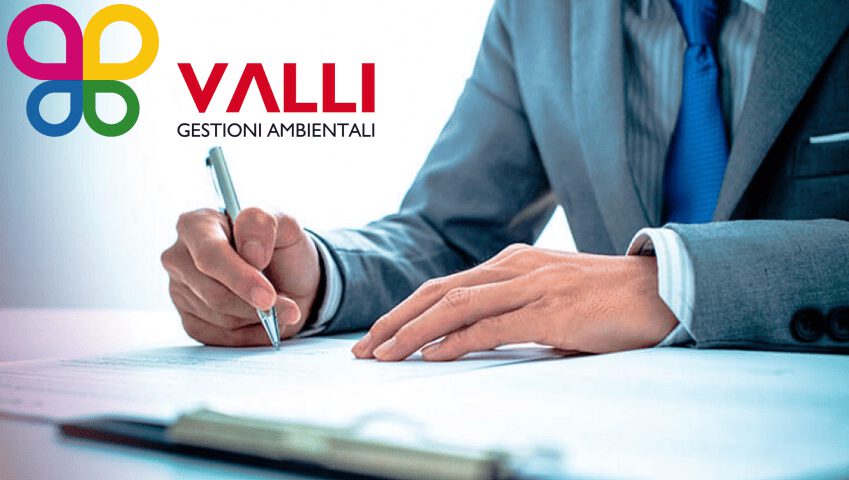The EoW decree, an acronym that stands for “End of Waste”, is the Ministerial Decree of 27 September 2022, no. 152, which was published in the Official Gazette of 20 October 2022, no. 246, and which establishes the specific criteria in compliance with which inert waste deriving from construction and demolition C&D waste (referred to in chapter 17 of the European list of waste) and other inert waste of mineral origin (not belonging to in Chapter 17 of the European List of Waste), after being subjected to recovery operations, cease to be waste. In practice, the EoW decree aims to specify the criteria and provisions according to which construction and demolition waste is transformed into resources, i.e. recovered aggregates to be used for the specific purposes envisaged by the decree, creating new opportunities for the recovery and reuse of materials and reducing the environmental impact of their management.
The EoW decree represents an important step towards greater environmental sustainability and more effective waste management at an international level, aimed at the maximum implementation of the objectives of the circular economy.
Eow Decree pdf
The EoW inert decree is not a stand-alone measure, but is part of the broader and more complex regulatory framework of the End of Waste, governed by Directive 2008/98/EC, art. 6, which aims to promote the recovery and reuse of waste, reducing the amount of waste sent to landfills and creating new useful products to be reintroduced into the production cycle. The first European legislation in this regard was adopted in 2008, however, the concept of end-of-life of waste was officially introduced at European level only in 2011, with the publication of the European Commission Recommendation on the conditions for the application of Article 6 of Directive 2008/98/EC (so-called “EoW Recommendation”).
The implementation process at the national level is gradual and varies from state to state. In Italy, it is Legislative Decree no. 152 of 3 April 2006 that establishes the rules according to which waste ceases to be waste when it is subjected to a recovery operation and meets the specific criteria established at European level or, in the absence of EU criteria, when it meets the criteria provided for by the Ministry of the Environment in decrees adopted on a case-by-case basis for individual types of waste. The EoW inert decree has had and will have important repercussions on the Italian regulatory system because it introduced the concept of the end of the life cycle of inert waste and identified the specific criteria that allow inert construction and demolition waste of mineral origin to lose the status of waste and become “recovered aggregate”, that is, a resource to be recovered and reused.
All the EoW regulations issued so far by the Italian Government have defined the end-of-life criteria of waste and the qualitative and quantitative standards for the management of waste and recycled materials. All the decrees introduced the obligation for local authorities to identify and promote good waste management practices and to encourage the recycling and reuse of materials. In general, all the End of Waste decrees promote greater attention to environmental sustainability and waste management as a resource, promoting the recovery and reuse of materials and reducing the environmental impact of their management. Consult the complete PDF of Decree No. 152 of 27 September 2022 “Regulation governing the cessation of the status of waste of inert construction and demolition waste and other inert waste of mineral origin, pursuant to Article 184-ter, paragraph 2, of Legislative Decree No. 152 of 3 April 2006. (OJ General Series no. 246 of 20-10-2022)”.
What is demolition waste?
The EoW Inert Decree covers inert waste from demolition construction activities (e.g. cement, bricks, tiles and ceramics, bituminous mixtures, excavated earth and rocks, crushed stone, mixed waste, other) and other inert waste of mineral origin (e.g. gravel and crushed stone waste, sand and clay, dust, ceramics, bricks, tiles and building materials, other), which can be recovered and which are directly reusable in the construction of new buildings, structures and infrastructures.
In addition, the EoW decree introduced the figure of the producer of recycled materials or the producer of recovered aggregate or simply producer, who must guarantee the quality and safety of the materials produced and compliance with environmental standards. This has led to further attention to the management of demolition waste and its valorization as a resource.
How to reuse demolition waste?
After recovery operations, construction and demolition waste can be reused as recovered aggregates in different ways. Here are the main ways in which the recovered aggregates are used:
- construction of the body of embankments of civil engineering earthworks;
- construction of road, railway, airport and civil and industrial apron foundations;
- construction of foundation layers of transport infrastructures and civil and industrial yards;
- realization of environmental recovery, filling and filling;
- creation of accessory layers having, for example, anti-capillary, antifreeze, draining function;
- the packaging of concretes and mixtures bound with hydraulic binders (such as, for example, cemented mixtures, concrete mixtures).
The reuse of aggregates recovered from construction and demolition waste must take place in compliance with technical standards that ensure compliance with European standards and environmental and safety regulations. The producer of aggregate recovered from inert construction and demolition waste shall also ensure a system for the acceptance control of incoming waste to verify its compliance with the Regulation, a minimum waste processing process and the subsequent deposit of the recovered aggregate, before and after the verification of conformity.
This is why it is always preferable to rely on a certified company.
How to recover or dispose of demolition waste?
The classification and management of demolition waste are governed by Legislative Decree 152/2006, which, in art. 184, paragraph 3, of Legislative Decree 152/2006 establishes that the waste produced by construction and demolition activities is special waste. According to art. 184-ter TUA a waste ceases to be waste (End of Waste – EoW) when it has undergone a recovery operation, including recycling and preparation for reuse, and meets the specific criteria, to be adopted in compliance with the following conditions:
- the substance or object is commonly used for specific purposes;
- there is a market or demand for that substance or object;
- the substance or object meets the technical requirements for the specific purposes and complies with existing legislation and standards applicable to products;
- The use of the substance or object will not lead to overall negative impacts on the environment or human health.
According to paragraph 2 of the following paragraph, the recovery operation may consist simply of checking the waste to verify that it meets the criteria drawn up in accordance with the aforementioned conditions.
The EoW Inert Decree, in particular, describes the minimum waste processing process by providing that this takes place “through mechanical and technologically interconnected phases”, including, for example, grinding, screening, particle size selection and separation of the metal fraction and unwanted fractions.
The EoW decree is linked to these procedures for the recovery of demolition waste, requiring operators in the sector to comply with certain quality standards for the recycled materials produced and to ensure the traceability of materials along the entire recycling chain. The recovery and disposal of waste must be carried out by certified companies to ensure that environmental and safety regulations are respected. Companies certified as Valli Gestioni Ambientali represent a guarantee of reliability and quality in the waste treatment sector, allowing health and the environment to be protected and compliance with the relevant regulations. Contact us for a quote!




